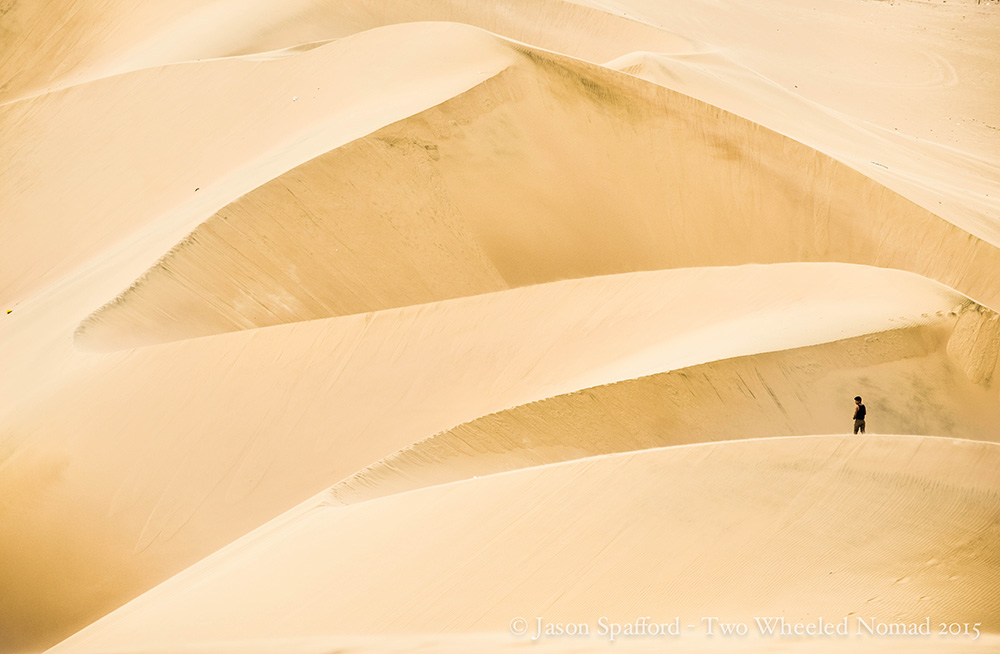As our wee Cessna soared a dizzy height over the Peruvian desert, just a couple of hundred miles southeast of Lima, the dull pale sameness of the rocks and sand organised and changed form. Distinct white lines gradually evolved from tan and rust-red. Strips of white crisscrossed a desert so dry that it rains less than an inch every year. Banking equally hard to the right and then left, the landscape transformed as lines took shape in simple geometric designs: trapezoids, linear lines, rectangles, triangles and whirls. Some perfectly straight, many running parallel and others intersecting, creating a grand geometric profile spanning a 37-mile long plain sat between the Inca and Nasca Valleys. These are the renowned Nasca lines—subject of mystery for over 80 years. So how were they formed? What purpose did they serve? Was extra terrestrial life involved?
